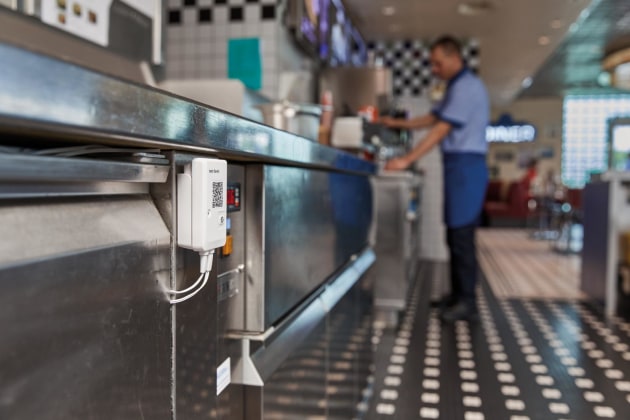Technological ingenuity in quality management systems has been a sporadic exercise. Measurement solutions specialist Testo offers a solution.
It seems every other news headline nowadays has to do with technological innovation.
In food production, this has been limited to short spurts of ingenuity, such as multi-function food thermometers or wireless data loggers. They have certainly created an advantageous impact for those who have bought in, but they still represent pieces of the puzzle rather than the whole thing.
Innovation hallmarks
Big data is probably a phrase you’ve come to recognise by now. Companies in finance, manufacturing and every sector in between are using metrics to analyse how they can improve and avoid risk. This is done by integrating various parts of operations on a central platform to facilitate automated reporting.
The food production chain isn’t too dissimilar from every other: food production facilities and food transport operators are able to use a variety of digital tools to ensure accuracy when it comes to analysing the quality of food and products from farm to fork, as well as keeping in compliance with local food codes. But there haven’t been many solutions geared towards combining this data to create powerful insights.
The next safety step
Many food production facilities still use pen and paper to document their quality management processes, but this creates a few challenges. The first being that employees spend more time than is necessary reviewing limit values because the process simply isn’t conducive to efficiency.
Secondly, this lack of communication between the tool – a food thermometer in this instance – and a central database that can collect this information leaves management without the ability to analyse past performance or make changes on the fly.
Food safety guidelines are never too far away with the Testo Saveris Food solution.
The testo Saveris Food solution provides a digital ecosystem for quality management. At the heart of it all is software that enables food producers to digitise their handbook and the delivery of it through a tablet.
Staff are then guided through the food safety process, storing limit values along the way. This is accomplished through a multi-function thermometer that can transmit data to the system.
Furthermore, quality management administrators are able to quickly update the digital handbooks across multiple locations should it be required.
The system can also provide immediate feedback to the quality assurance teams if stored food temperatures limits are violated for example or if the cooking oil needs changing, enabling them to easily remedy such food safety issues as a preventative measure in the production process.
Implementing an automated food safety management system that is easy to use by your staff, provides audit ready data and analytics, with highly accurate instrumentation will benefit your business.
This article first appeared in the June edition of Food & Drink Business magazine.






